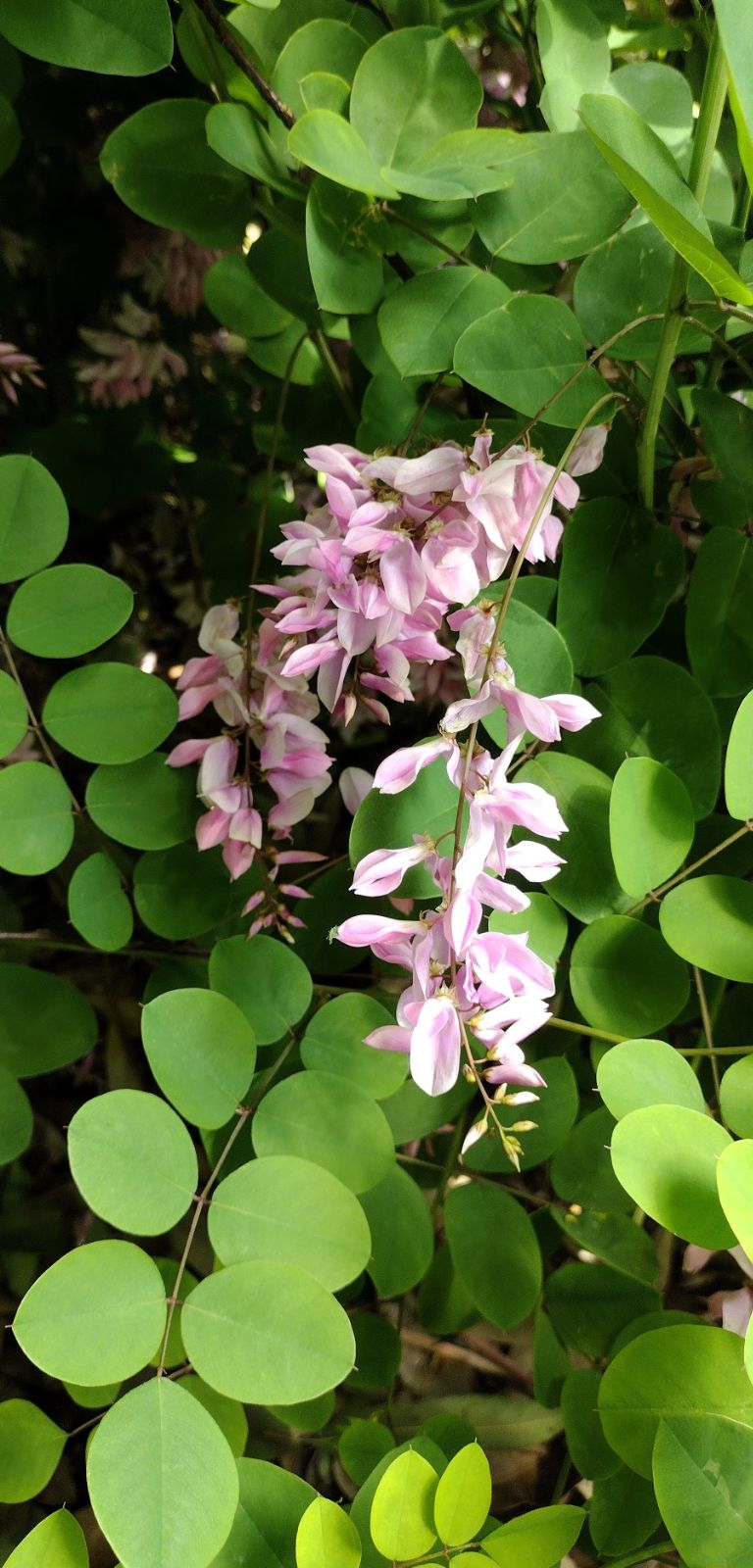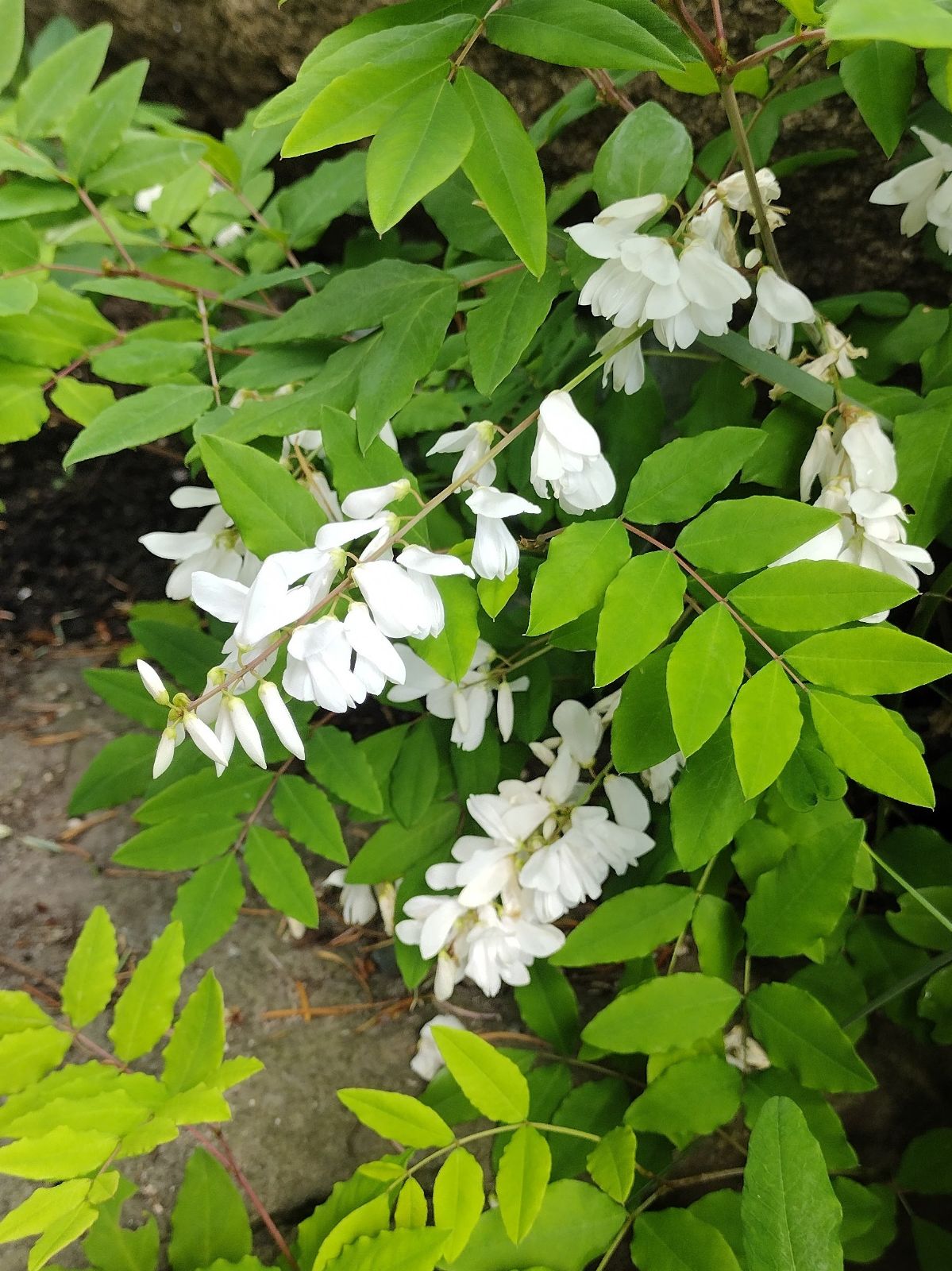Indigofera kirilowii
Credits
Article from Bean's Trees and Shrubs Hardy in the British Isles
Recommended citation
'Indigofera kirilowii' from the website Trees and Shrubs Online (treesandshrubsonline.
Genus
Synonyms
- I. macrostachya Bge., not Vent.
A small shrub or sub-shrub, with erect stems, which are slightly hairy when very young, soon glabrous and somewhat angular. Leaves pinnate, 4 to 6 in. long, composed of usually seven to eleven leaflets which vary in shape from roundish to broadly ovate, obovate, or rhomboidal, 1⁄2 to 11⁄4 in. long, wedge-shaped or rounded at the base, tapered at the apex, and terminated by a fine bristle-like elongation of the midrib, bright green above, both surfaces furnished with pale flattened hairs. Racemes erect, about 5 in. long, the flowers crowded on the upper half; rose-coloured, 3⁄4 in. long; calyx slightly hairy, and with sharp, unequal, lance-shaped lobes. Pods 11⁄2 to 2 in. long, 1⁄6 in. wide. Bot. Mag., t. 8580.
Native of N. China, Korea and S. Japan; introduced to Britain before 1914, by which time there were plants at Kew received from M. de Vilmorin and from the Arnold Arboretum. Like I. decora it is a dwarf shrub, but it is easily distinguished from that species by the shorter, broader leaves, hairy on both sides. If the stems arc killed to the ground in winter a new crop will be produced the following summer, bearing their flowers in June and July.



